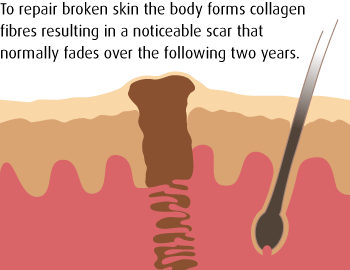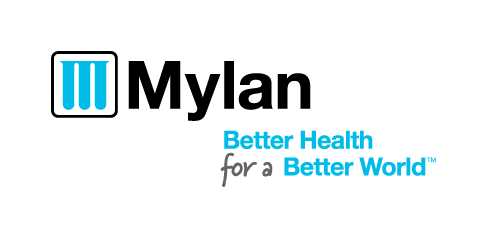Scarring – an under-managed problem:
- A scar is made of collagen fibres and is an essential part of the natural healing process following an injury to the thick layer of the skin (dermis).
- Scars look and feel different from normal skin because they have a different composition, structure and function.
- The appearance of scars is numerous: There are over 11 million keloids in developed countries[1], and the incidence of hypertrophic scars is possibly higher.[2]
- On average, plastic surgeons are seeing 40 000 patients a year with a linear hypertrophic or keloid scar.[3]

"Abnormal scars can cause unpleasant symptoms and can be aesthetically distressing, disfiguring and psychosocially and functionally disabling." BMJ 2003[1]
- Hypertrophic scars can be "especially severe in children", causing "much functional, cosmetic and psychological morbidity.[4]
- Existing scar reduction and prevention procedures can be painful, invasive, hard to use or have limited efficacy.[5]
2002 International Clinical Recommendations on Scar Management – only Silicone Gel and intralesional steroids have sufficient clinical evidence to be endorsed by scar experts.[5]
A scar may appear redder and thicker at first, and then gradually fade – but not all scars fade away as quickly as we would like and some become abnormal.
Abnormal scars:
- Grow bigger
- Remain red/dark and raised without fading
- Cause discomfort, itching or pain
- Restrict the movement of a joint
- Cause distress because of appearance
Scars that remain within the boundaries of the initial lesion; they are often red, inflamed, itchy or painful.
Scars that spread beyond the edges of the initial wound into the surrounding normal skin; continue to grow over time and do not spontaneously improve.
Flat, depressed below the surrounding skin; generally small and often round or inverted; commonly arise after acne or chickenpox.
Currently available therapy options for scar treatment/prevention include:
- Silicone gel sheeting, e.g. Dermatix®
- Pressure/compression therapy
- Topical steroids
- Counselling
- Polyurethane patches
- Topical vitamin E cream (and other moisturisers)
- Plant extract creams
- Massage therapy
- No treatment


